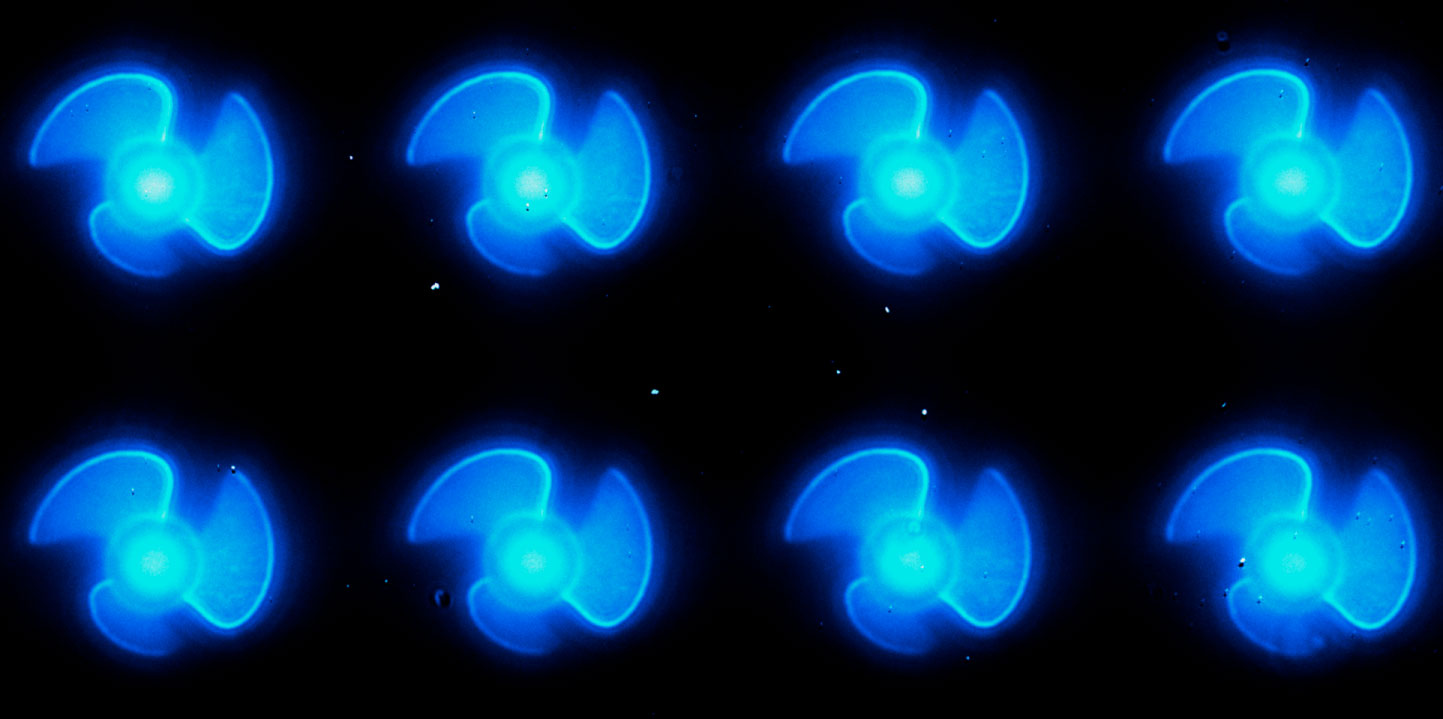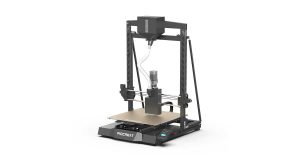Scientists at the University of Colorado Boulder have developed a new class of tiny robots that can move themselves through liquids. The 20-micrometer “microrobots” will one day transport drugs inside the human body.
According to the researchers, the mini-robots have great potential for medical applications. With speeds of up to 3 millimeters per second, they are extremely fast and agile. Relatively speaking, this makes them 9,000 times faster than a cheetah.
The microrobots are made of biocompatible polymers and are manufactured using a 3D printing process. They are equipped with three small fins and contain an enclosed air bubble. Using acoustic fields, similar to ultrasound, the air bubble can be made to vibrate. This pushes water away and catapults the robots forward.
In tests, researchers used swarms of these microrobots to deliver doses of the drug dexamethasone into the bladders of mice. That suggests potential applications for bladder diseases and other ailments.
According to project leader Jin Lee, the microrobots could one day buzz through the bloodstream like in the sci-fi movie “Fantastic Voyage” and treat targeted disease foci. In the process, they could deliver drugs precisely without surgery.
The robots still need to be further developed for use in humans. Among other things, the researchers are working on making them completely biodegradable. In the next step, tests on other body regions are planned.
According to the developers, the microrobots are a major step forward on the road to the medicine of the future. The combination of 3D printing and targeted control enables precise control of drug delivery. This could make many treatments gentler and more effective. The scientists see great potential for using the technology to fight diseases more effectively.
The researchers describe their work in an article published in April in the journal Small. The title of the paper is “Bubble-Based Microrobots with Rapid Circular Motions for Epithelial Pinning and Drug Delivery.”
Subscribe to our Newsletter
3DPResso is a weekly newsletter that links to the most exciting global stories from the 3D printing and additive manufacturing industry.























